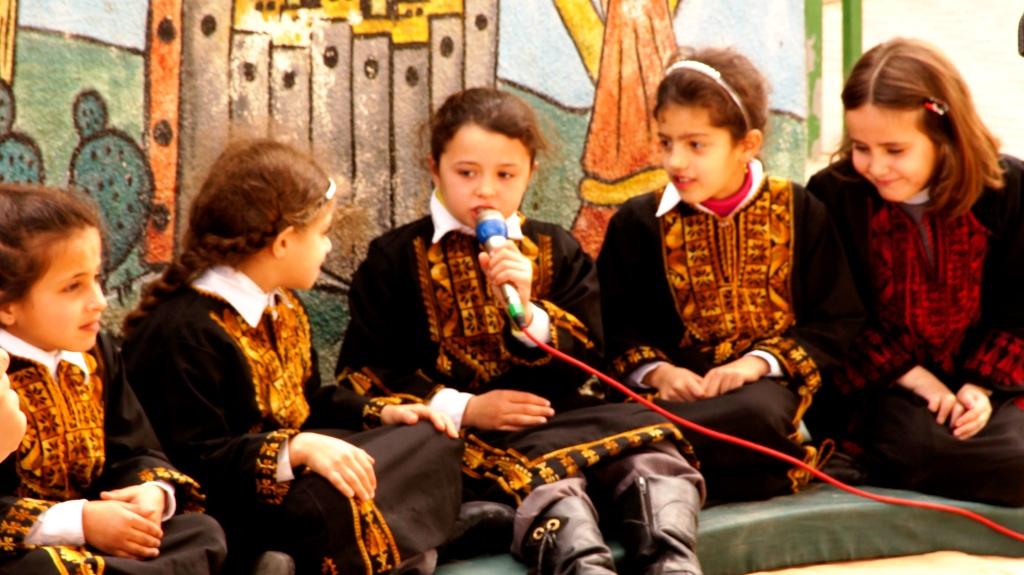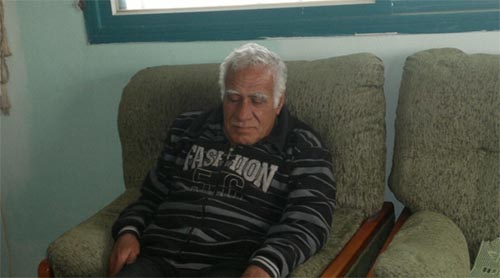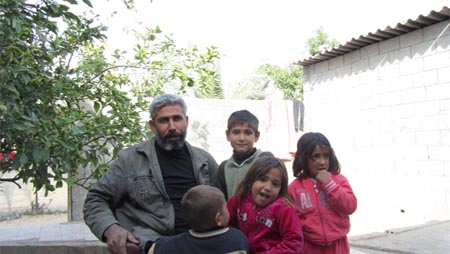Tag: Khan Younis
-
Land Day commemoration in Al Huda School, Khan Yunis
by Nathan Stuckey 1 April 2012 | International Solidarity Movement, Gaza Al Huda School is a small, private primary school in Khan Yunis. It serves about 400 students, a quarter of them orphans. The school isn’t in the center of town, it is more out in the countryside. You look out the windows over fields…
-
16 January 2009 – The Shurrab family
16 January 2012 | Palestinian Centre for Human Rights “Can I go to a court to restore my sons? No” says Mohammed. “What is the point in bringing the soldiers who killed my sons to justice when there will simply be more and more after them? When others will lose their sons as well? Soldiers…
-
2 January 2009: Eyad al-Astal
2 January 12 | Palestinian Center for Human Rights “The second of January is no different from any other day. Every day and every minute feels like the moment when I lost my sons. In everything there is a memory of them. I miss them all the time.” On 2 January 2009 at around 14:30 an…



